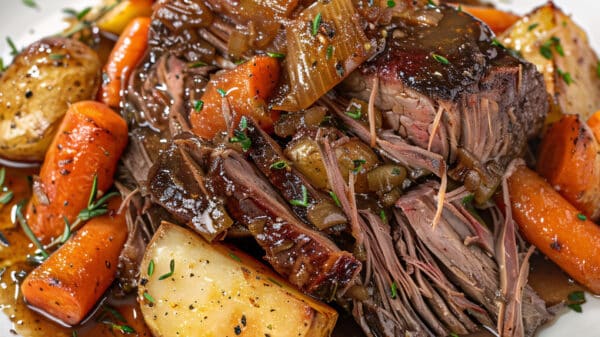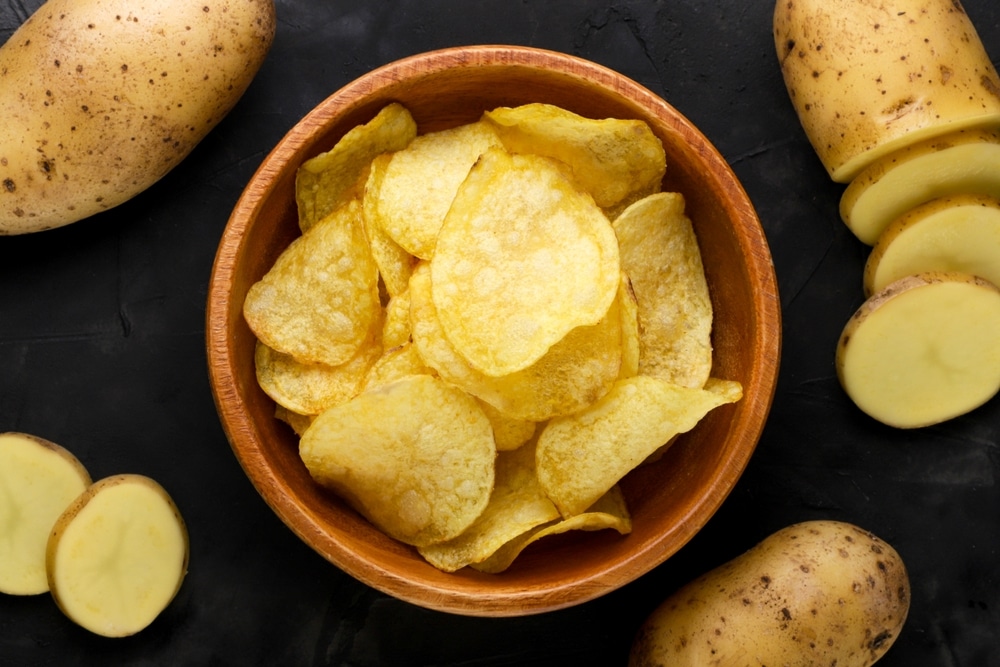The landscape of our grocery bills has been shifting in recent years, and one unexpected item making headlines is the humble potato chip. While you may be familiar with the skyrocketing prices of items like eggs—evident in stores such as Trader Joe’s and Walmart where purchase limits have become the norm—potato chips have seen a significant price hike too. According to data from the U.S. Bureau of Labor Statistics, the average cost of a 16-ounce bag of potato chips has soared from approximately $4.50 in 2015 to an average of around $6.50 today.
As we sift through the reasons for this increase, it’s clear that inflation plays a role, but in an appalling twist, climate change is also a key factor. In Pennsylvania, the epicenter of potato chip production, climate-induced challenges are making it harder to grow these beloved snacks. A report by The Allegheny Front shines a light on how temperature fluctuations can devastate potato crops. For instance, excessive heat can halt potato growth entirely. Bob Leiby, a former Lehigh County Extension director and seasoned potato breeder, explains that if a potato crop endures a month full of high temperatures, it can simply stop growing and never recover. This means fewer potatoes are available to transform into the crispy chips we all love, creating a significant supply gap—and where there’s a scarcity, prices inevitably rise.
But it’s not just Pennsylvania that’s feeling the heat; the problem extends across the country. Although Pennsylvania produces a hefty amount of potato chips, it doesn’t hold the title for the most potato production in the U.S. That honor goes to states like Idaho and Washington. However, those regions are not immune to the impacts of climate change either. In fact, both states experienced some of the warmest temperatures recorded in 2024, which posed further difficulties for potato farming.
As we delve further into the rising prices of potato chips and their connection to climate instability, we recognize a pattern emerging across various food items. A 2024 study in *Communications, Earth, and Environment* highlights a grim reality: increasing weather extremes are going to continually push food prices upwards worldwide over the years. It’s a ripple effect that can lead to price hikes for not just chips, but also other staples like coffee and even the chocolates you might splurge on for Valentine’s Day.
As consumers, it can be frustrating to witness these daily essentials becoming more expensive seemingly overnight. The comfort of snacking on a bag of chips while catching up on your favorite series or enjoying a family movie night is being disrupted by external factors far beyond our control. Recognizing the broader narrative can sometimes bring solace amidst the confusion. You’re not just watching prices go up—you’re part of a larger story of resilience and adaptation in the face of climate change. As we move forward, understanding this relationship between our food supply and climate can help us make informed choices—not just at the checkout line, but also in advocating for a healthier planet.
Image Source: innakreativ / Shutterstock































